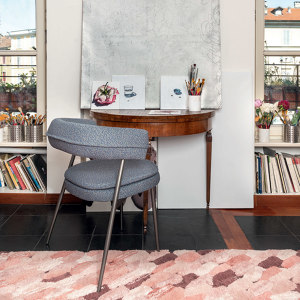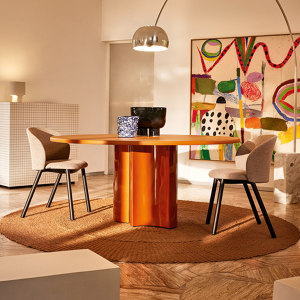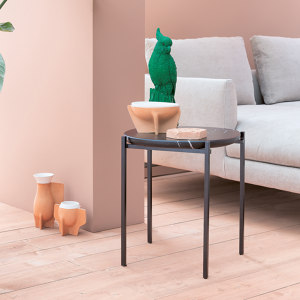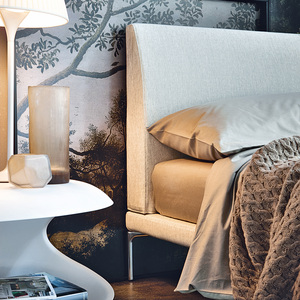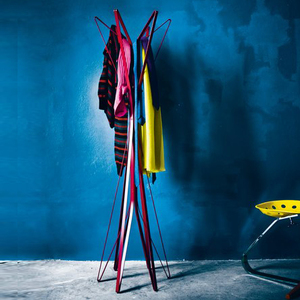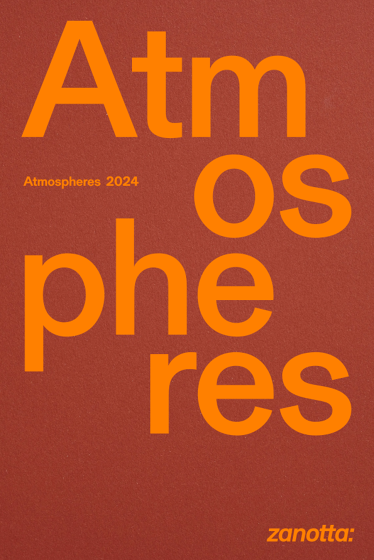About Zanotta
MORE ABOUT ZANOTTA
Zanotta is designed by passion - bolstered by a pioneering approach and inspired by radical design
ideas.
Internationally recognised as one of the most iconic Italian design brands in the world, Zanotta has
always been a catalyst of ideas, people, creativity and research. Zanotta is a company with a
strong design vision, future-oriented and with a strong attention to culture and a pinch of irony.
Originally specialised in tailored upholstery, over the years, Zanotta has opened up to the
realisation of design objects for the home.
The numerous products in the collection, realised by the great masters and contemporary
designers -including Achille Castiglioni, Gae Aulenti, Marco Zanuso, Ettore Sottsass, Alfredo Häberli,
Ross Lovegrove, Ora Ïto, Philippe Nigro, Philippe Malouin, Muller Van Severen, Calvi Brambilla,
Zaven among others - are timeless icons exhibited in the most important museums in the
world and recognised by several international awards, such as 5 Compasso d'oro Awards.
Founded by Aurelio Zanotta in 1954, the brand has stood out as a promoter of the democratic
language and "extra-ordinary everyday life", pioneer of innovative and sometimes disruptive
projects. Zanotta’s production is entirely made in Italy, mainly in the workshop of Nova
Milanese, and is in constant development of material quality and sustainable processes. The
headquarters also hosts Zanotta: Lab, an exhibition and experiential hub designed to share
skills, values, behaviours and strategies. In addition to the collection, Zanotta Edizioni is a limited
selection of handmade collectible works, which combine design with applied art.
Since the 1960s, Zanotta has conquered the international scene with emblematic and timeless objects,
innovative in terms of aesthetic and functional research, as well as in the attention to the values of quality
and Italian know-how. 2023 marked a new chapter in the history of Zanotta with the acquisition of the
brand by Cassina, followed by the opening of a new flagship store in Milan in 2024, launched on the
occasion of the company's 70th Anniversary.
Zanotta is designed by passion - bolstered by a pioneering approach and inspired by radical design
ideas.
Internationally recognised as one of the most iconic Italian design brands in the world, Zanotta has
always been a catalyst of ideas, people, creativity and research. Zanotta is a company with a
strong design vision, future-oriented and with a strong attention to culture and a pinch of irony.
Originally specialised in tailored upholstery, over the years, Zanotta has opened up to the
realisation of design objects for the home.
The numerous products in the collection, realised by the great masters and contemporary
designers -including Achille Castiglioni, Gae Aulenti, Marco Zanuso, Ettore Sottsass, Alfredo Häberli,
Ross Lovegrove, Ora Ïto, Philippe Nigro, Philippe Malouin, Muller Van Severen, Calvi Brambilla,
Zaven among others - are timeless icons exhibited in the most important museums in the
world and recognised by several international awards, such as 5 Compasso d'oro Awards.
Founded by Aurelio Zanotta in 1954, the brand has stood out as a promoter of the democratic
language and "extra-ordinary everyday life", pioneer of innovative and sometimes disruptive
projects. Zanotta’s production is entirely made in Italy, mainly in the workshop of Nova
Milanese, and is in constant development of material quality and sustainable processes. The
headquarters also hosts Zanotta: Lab, an exhibition and experiential hub designed to share
skills, values, behaviours and strategies. In addition to the collection, Zanotta Edizioni is a limited
selection of handmade collectible works, which combine design with applied art.
Since the 1960s, Zanotta has conquered the international scene with emblematic and timeless objects,
innovative in terms of aesthetic and functional research, as well as in the attention to the values of quality
and Italian know-how. 2023 marked a new chapter in the history of Zanotta with the acquisition of the
brand by Cassina, followed by the opening of a new flagship store in Milan in 2024, launched on the
occasion of the company's 70th Anniversary.
MORE ABOUT ZANOTTA
Collections by Zanotta
Catalogues by Zanotta
-
2024
english, deutsch, italiano, español, français

Collection 2024
Zanotta
118 pages
-
2024
english, italiano

Atmospheres 2024
Zanotta
102 pages
Zanotta product references
Zanotta articles
Zanotta news
Zanotta fairs
Zanotta designers
Zanotta videos
-
Salone del Mobile Milano 2013
Zanotta
2013-05-08
-
Zanotta Salone del Mobile 2012
Zanotta
2012-05-04
-
Zanotta Video Tour Salone del Mobile 2015
Zanotta
2015-07-22


